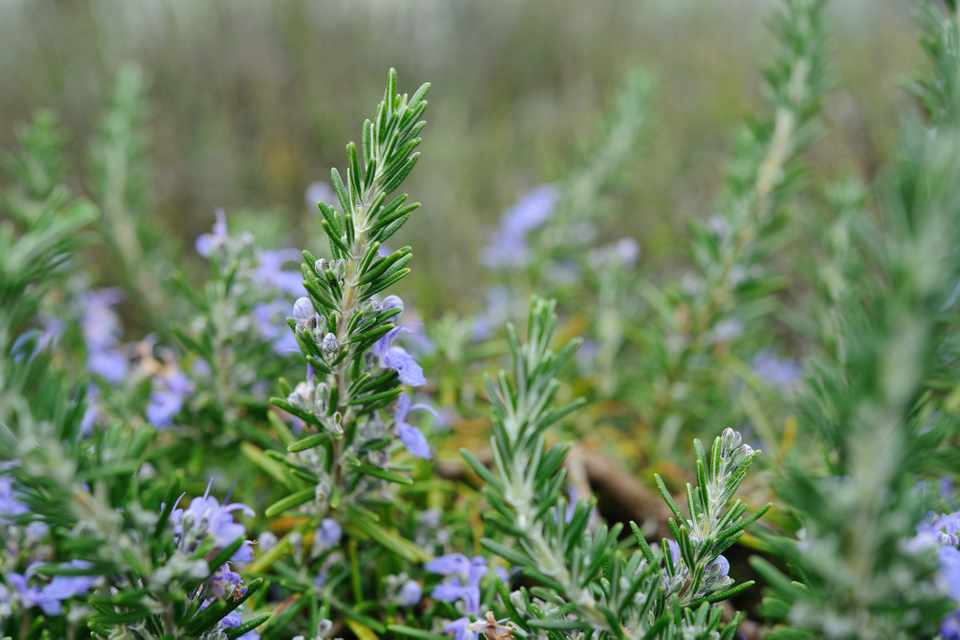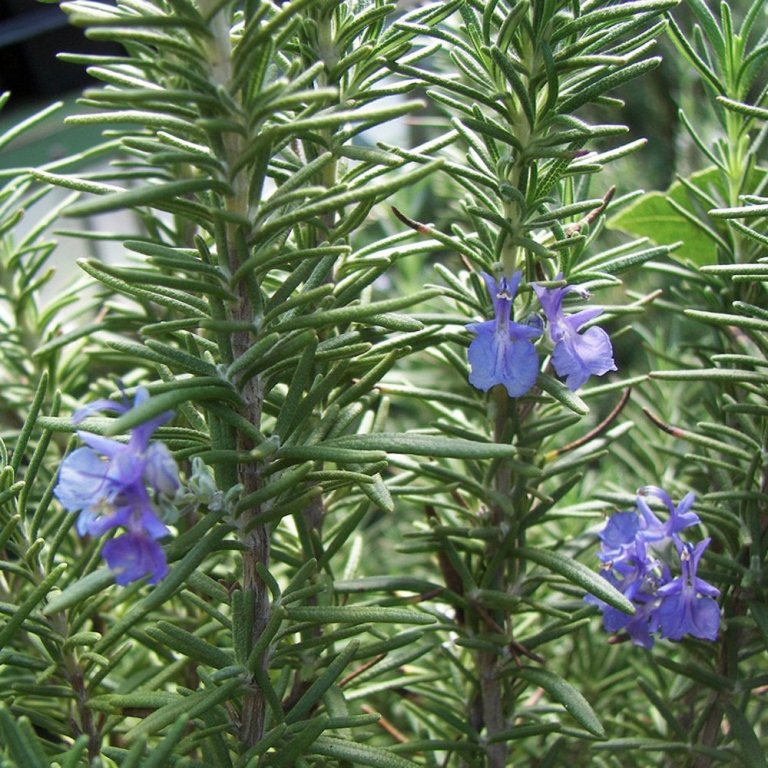How to Grow and Care for Rosemary Plant

Salvia Rosmanius is commonly known as Rosemary, a name that means ‘The dew of the sea,’ is a fragrant, woody, and perennial herb with many useful properties. Its scientific name is Rosmarinus officinalis. The plant is evergreen and has needle-like leaves that can be dried and used as a seasoning, etc. The herb is common to the Mediterranean region and sports pink, purple and blue flowers. The plant requires less water and can withstand extreme conditions. Rosemary is most popularly known for its signature aroma, which is pleasing to the nose and hence to the taste buds. The aroma is also preserved as perfumed fragrances for both the body and for home interiors.
Planting Rosemary
The plant requires bright sunlight and can withstand tough conditions, even drought. To plant Rosemary, it is always better to take cuttings from an existing plant instead of using seeds, as they may or may not grow out well. The land on which you wish to grow the plan should be well-drained as Rosemary cannot survive extremely moist conditions. The plant can grow up to 4 feet in both height and width; thus, it is important to leave space between two consequent plants.
Caring for the Plant

While caring for the Rosemary plant, remember to water it well during the growing season. Do not overwater. The best time to grow the plant is in the summer and should be brought indoors during the winter for places that face extreme winter. Once grown, the plant is extremely low maintenance, and is evergreen, surviving extreme conditions as well. If you feel that your plant won’t survive the winter, remember to take good cuttings to re-plant. A well-grown Rosemary plant will last about 2 years.
Uses of Rosemary
Rosemary is most commonly used as a seasoning, for which its leaves and twigs are extracted and dried. The dried Rosemary makes for a good aroma in a lot of cuisines. Due to its strong aroma, it is also used as an organic herbicide or pesticide. The plant has beautiful flowers that can be white, pink, purple, or blue and can hence also be used as ornamental decorations or for landscaping. Its dried leaves can also be used for making tea. They are also used as food preservatives as they can improve the shelf-life of food. It is known to relieve congestion and improve digestion. Rosemary oil is also good for the scalp and keeps dandruff at bay.
Rosemary has many good benefits for the human body and also for plantations in general. The plant leaves are anti-inflammatory and also act as rich antioxidants, helping clear out the system of toxins. It is also useful in improving cognitive abilities such as increasing memory span, performance, and quality. The aroma helps relax the mind and body and stimulates calmness. The nutrients from Rosemary are also good for the skin.
The plant, when ingested, has mostly good qualities, but as the popular saying goes- an excess of everything is bad. Thus, consumption of a large amount of Rosemary can be toxic and poisonous, causing vomiting and seizure. In extreme cases, it can cause a coma or increase menstrual bleeding in women or a miscarriage in pregnant women.
Rosemary water is one of the most common ways in which it can be ingested in its purest form. To make the water, one can simply bring water to a boil and then add dried Rosemary leaves to the water to add the aroma to the water. Studies show that drinking this water helps improve cognitive abilities by about 15%.





